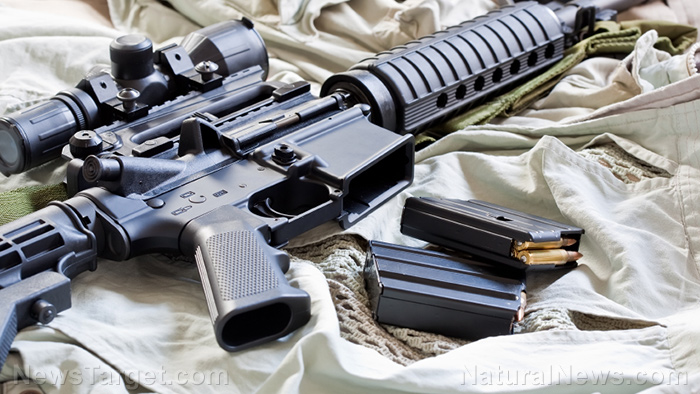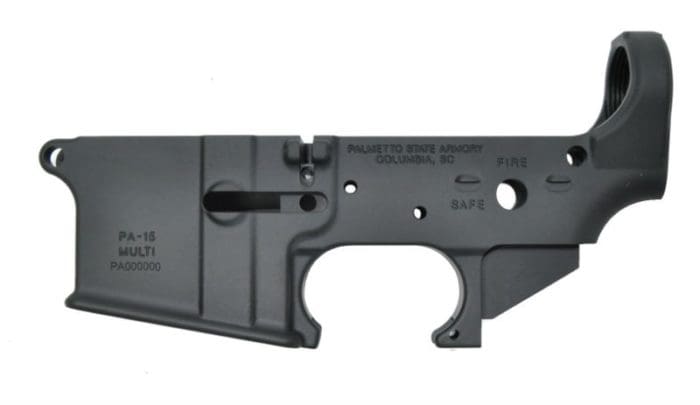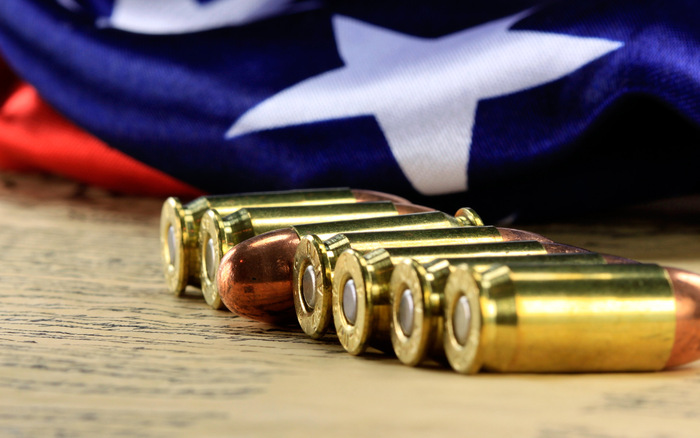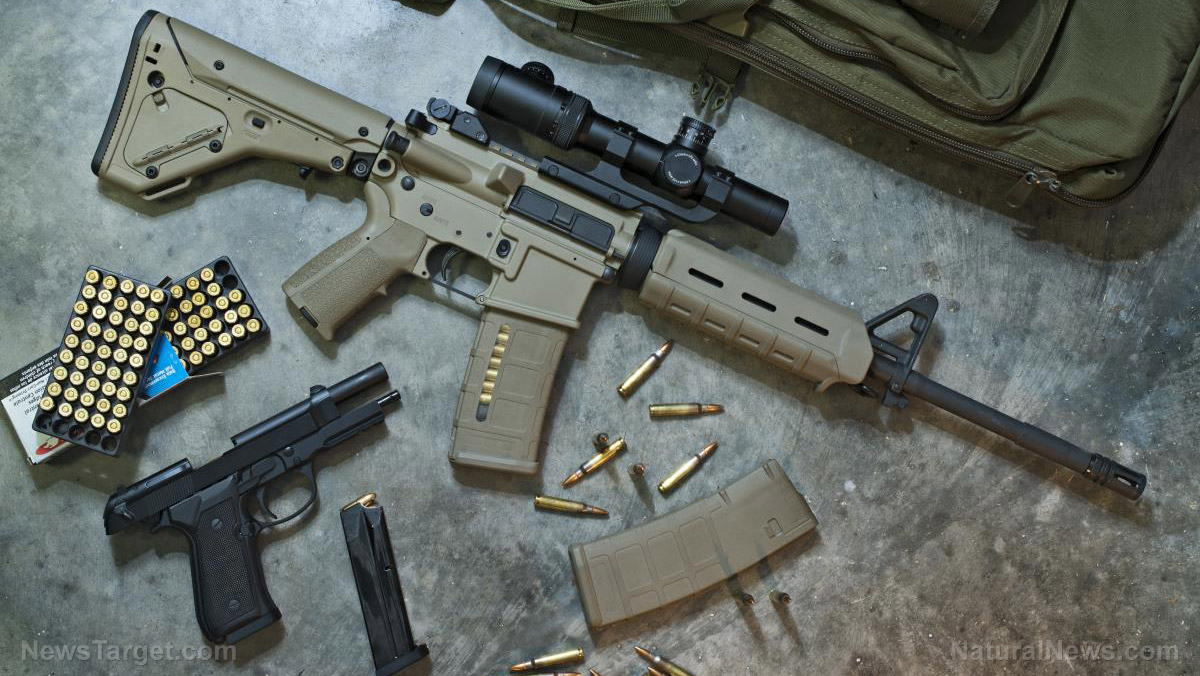The ATF’s definition of an AR-15 lower as a ‘firearm’ is in serious trouble
10/15/2019 / By News Editors

First, credit where it’s due. CNN’s Scott Glover has managed to turn out an excellent article about a fairly arcane aspect of guns and firearms law while getting the details right. That’s a notable feat for legacy media these days. Read the whole thing here.
(Article by Dan Zimmerman republished from TheTruthAboutGuns.com)
With that out of the way, the criminal prosecution — aborted though it was — that Glover has written about is worthy of note and could make the ATF’s job of regulating AR-15 sales going forward extremely difficult. CNN’s article is titled, He sold illegal AR-15s. Feds agreed to let him go free to avoid hurting gun control efforts.
Here are the particulars. A Southern California man named Joseph Roh produced 80% AR-15 lowers and complete rifles, some of which he allegedly sold without a manufacturer’s license, and some allegedly to prohibited persons. At least a few of the guns he sold were used in crimes including an 80% lower that was used as the basis for a rifle build used in a 2013 spree shooting in Santa Monica.
The ATF had been watching Roh for years and mounted a sting operation against him in 2014. They sent undercover agents into his south LA machine shop where he was holding what were basically “build parties” where customers finished lowers and assembled completed rifles.
Roh was eventually arrested and charged with running an unlicensed firearms manufacturing operation. But none of that is the interesting part of the story.
The aspect that’s worthy of your attention — and is no doubt giving the ATF nightmares — is the argument that Roh’s attorney made in successfully defending his client.
As you probably know, the only part of an AR-15 that’s legally considered a firearm is the lower receiver. That’s the part that’s serialized and requires a background check to purchase (unless you buy an 80% lower and finish it yourself, but that’s another story).

Joseph Roh was smart enough to hire a good attorney, Gregory Nicolaysen. Nicolaysen did his homework and actually read the federal statute that lays out what constitutes — legally speaking — a firearm. As CNN reports, when Roh’s case came to trial in 2018 . . .
Nicolaysen argued that the definition of a receiver under the relevant federal code differed in various ways from the AR-15 component Roh was accused of manufacturing.
Under the US Code of Federal Regulations, a firearm frame or receiver is defined as: “That part of a firearm which provides housing for the hammer, bolt or breechblock, and firing mechanism, and which is usually threaded at its forward portion to receive the barrel.” (emphasis added)
The lower receiver in Roh’s case does not have a bolt or breechblock and is not threaded to receive the barrel, Nicolaysen noted.
And neither does any other AR-15 lower receiver. Where most firearms have a monolithic receiver that meets the definition under federal law, an AR has a split receiver, an upper and a lower. Neither component, strictly speaking, meets the definition of a frame or receiver that is explicitly laid out in the law.
In effect, Nicolaysen argued that the ATF’s interpretation of federal law that they’ve been using to deem AR-15 lowers as legal firearms is wrong…and has been since, well, forever.
(Nicolaysen) called the decision to classify it as a firearm nonetheless, the result of “secret, in-house decision-making.”
Nicolaysen accused the ATF of abusing its authority by pursuing Roh based on his alleged violation of a policy “that masquerades as law.”
Roh’s case was heard in a bench trial (at his option) in which only the judge hears the evidence and renders a verdict. US District Court Judge James V. Selna deliberated for a year and then wrote a tentative order in April.
Read more at: TheTruthAboutGuns.com
Tagged Under: ar-15, assault weapon, firearm, gun control, gun parts, guns, Liberty, Second Amendment, self-defense
RECENT NEWS & ARTICLES
COPYRIGHT © 2017 SECOND AMENDMENT NEWS

















